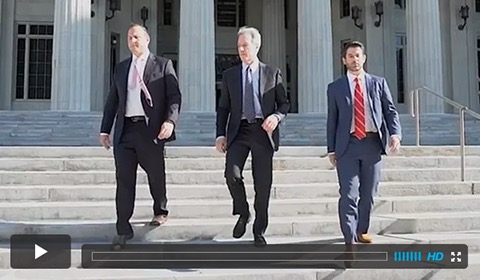Florida Airbags & Seat Belts Attorney
Air bags and seat belts are commonly thought to be added safety devices inside of a vehicle, which they are, most of the time. They both are designed to help prevent more serious injury in the event of an accident. However, as with other products, air bags and seat belts occasionally have design and/or manufacturing defects and can fail during an accident. The results of such failures are often devastating and can lead to catastrophic injuries, such as serious brain damage or severe spinal cord injury.
Air bags and seat belts can be defective in a number of different ways. Some of the most common types of seat belt defects include inertial unlatching defects, retractor failure, false latching and ripped webbing, as defined below.
- Inertial unlatching defect occurs when the latch of the seat belt pulls out of the buckle due to the force of a collision event, which is never supposed to occur.
- A retractor failure means that the seat belt webbing does not lock in place during an accident event. This results in excess webbing of the seat belt so it does not restrain the occupant in the vehicle, as designed. Even a few inches of extra webbing can be the difference between an uninjured and severely injured passenger.
- False latching is similar to inertial unlatching, but is more specifically when it seems that the buckle is inserted and “clicked” into the latch plate, but is actually not. This results in a minimal amount of force dislodging the buckle from the latch.
- Ripped webbing is one of the most common types of seat belt defects. This occurs when the webbing of the seat belt rips or frays during the collision event, thus allowing the occupant to become unrestrained. A seat belt is never designed to rip during a collision, and accordingly if this occurs, it likely signifies a seat belt defect.
Air bags are designed to inflate upon impact, and by doing so decrease the amount of force and impact to the vehicle passenger, thereby reducing injury. However, oftentimes, air bags cause injury even when they do deploy because the passenger is too small for such an air bag. There are many different types of air bag defects, such as a failure to deploy, deploying at too high a rate of velocity, deploying too soon and/or when no accident occurs or deploy too slowly.
Regardless of what type of air bag or seat belt defect you or a loved one may have experienced during a vehicular accident, we invite you to contact Halpern Santos & Pinkert, P.A. to analyze your case. We have the experience and know how to navigate all types of defective product cases and have been doing automobile defect cases for over 30 years.














